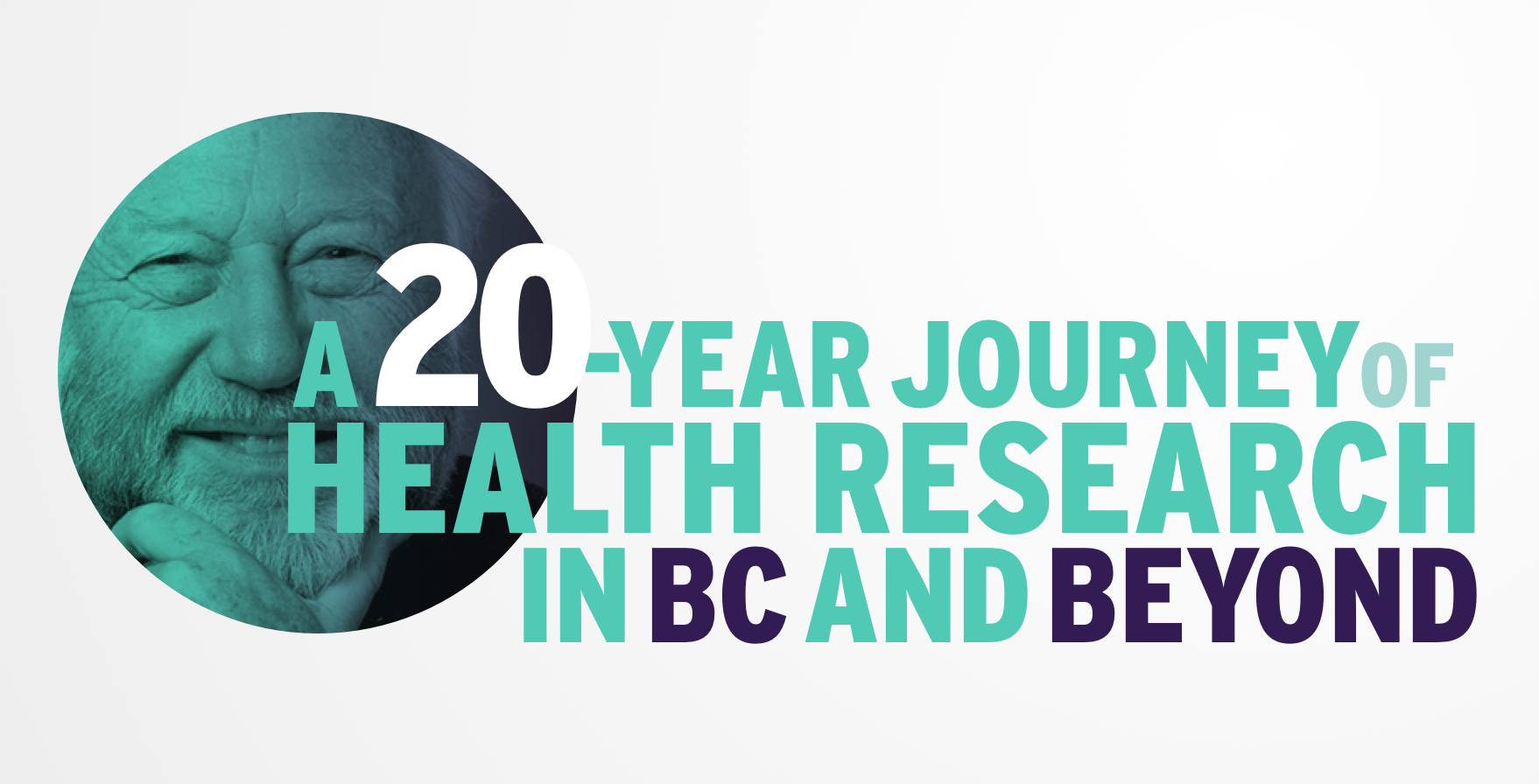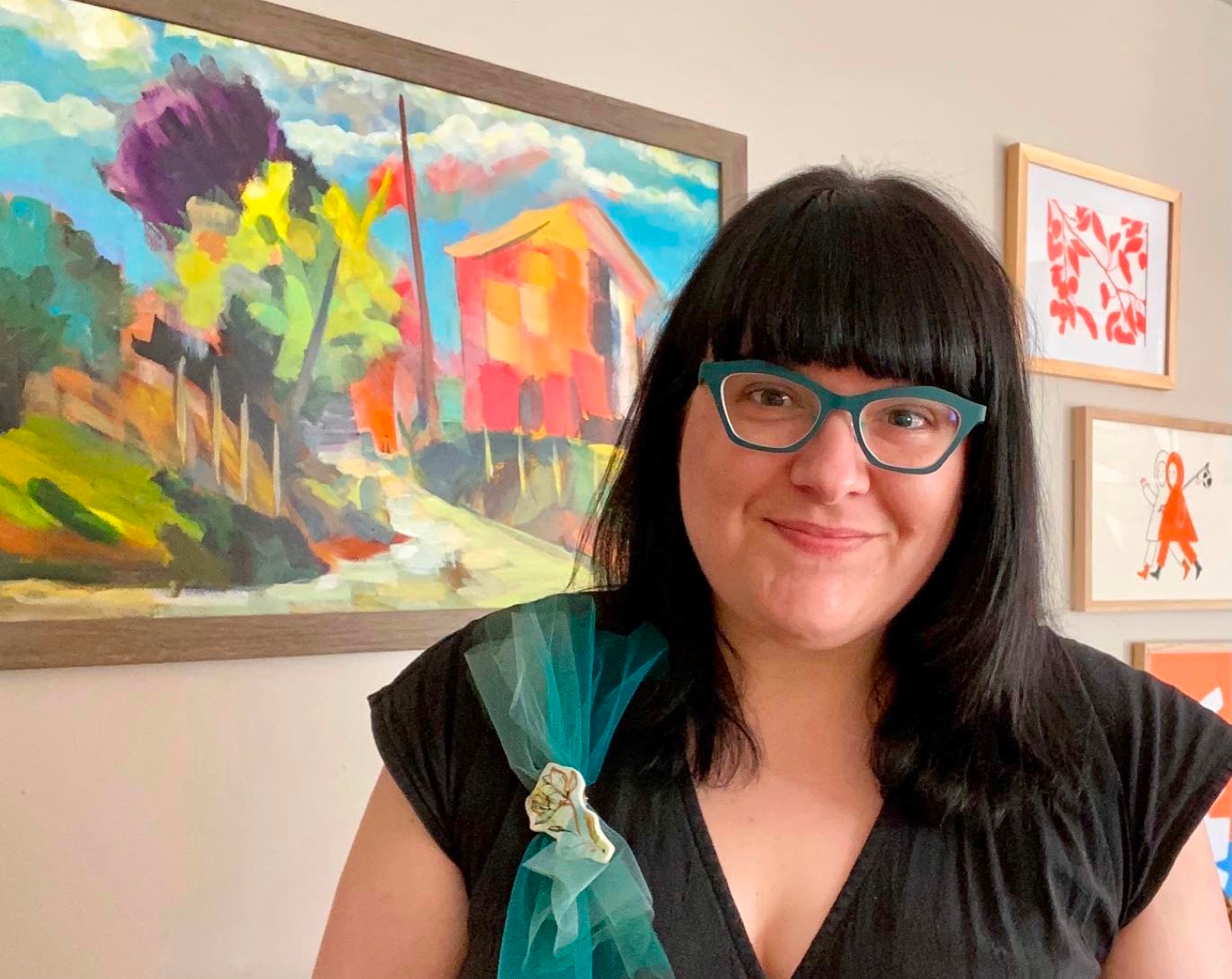A 20-year journey of health research in BC: Birth of a Foundation
31 March 2021

Dr. Aubrey J. Tingle
From the lab to the boardroom: Dr. Aubrey Tingle and the birth of the Michael Smith Foundation for Health Research
When Aubrey Tingle was in the 7th grade in Edmonton, Alberta, he wrote an essay on how to remove one’s own appendix. It would prove to be a nascent moment in a celebrated career in health research.

Even as a boy, he loved problem solving, had a strong propensity for learning how things worked, thought often of the future and knew he didn’t want a routine. Along with his natural curiosity, these ambitions would draw him to medicine and become the foundation of a successful career as a pediatrician, researcher, and leader. Early in his career, Aubrey did a fellowship in surgery, but after being woken up four times in one night during his residency, he was inspired to follow a passion for paediatric and maternal health instead. He went on to establish some of Canada’s most well-known research networks and foundations, including the Michael Smith Foundation for Health Research (MSFHR) as its founding president and CEO.
Working tirelessly to establish BC as a leader in health research, he played a crucial role in creating the Research Institute for Children’s & Women’s Health and served as a board member for several interprovincial and national research networks. In 2001, when BC was losing research talent to other provinces, Aubrey and his team were involved in creating a coalition of key stakeholders in BC who recommended solutions to the government to help keep research talent in the province — subsequently the BC Ministry of Health accepted the proposed plan.
Given his involvement in engaging stakeholders and identifying solutions, along with his devotion for and expertise in establishing research networks, Aubrey and his team were asked by the provincial government to implement the plan that eventually became MSFHR.
On the heels of the sudden passing of Dr. Michael Smith, the creation of MSFHR signified an important moment in the history of health research in BC. Aubrey had known of Michael for many years and had a deep respect for him. Before his death, Michael had instructed his family that any organization bearing his name must support young researchers, keep talent in the province he loved, and fund world-class researchers in BC. The family had received many requests to honour Michael’s memory, and Aubrey’s offer and vision for the new organization was closely aligned with Michael’s values.
In his role as MSFHR’s president and CEO, Aubrey and his management team created a strategy with a three-phased approach by which to catalyze health research in BC: first, to empower talented researchers; second, to develop infrastructure to build the competitiveness of research in BC; and third, to establish networks in the province that would further support the work of individual researchers and research teams. As a result, MSFHR has built health research capacity in the province by funding over 1,600 BC researchers, and more than 200 BC research teams. This, in turn, has enabled research that’s improved the health and lives of British Columbians.
Aubrey and his team’s contributions to health research in BC paved the way for MSFHR leadership after his retirement in 2010. To honour his work, MSFHR created the Aubrey J. Tingle Prize, which is awarded annually to a clinical researcher who has had a significant impact on advancing research in their field and in improving health and the health system in BC and globally. This award continues to identify and recognize leading clinician-researchers in the province.
In 2014, Aubrey received the Order of British Columbia award in recognition of his role in transforming the landscape of health research in the province.
Throughout his career, including at MSFHR, Aubrey has been a leader, strategist, and facilitator, helping create optimal environments for people to do their best work. He attests that his formula for success throughout his career was constant, regardless of the task: identify a problem, engage key stakeholders, determine options, figure out a plan, bring people together, lead from behind, solve the problem, and leave the solution to run successfully on its own. This formula, combined with his entrepreneurial spirit, has built a legacy of health research infrastructure in BC and beyond.
But for all his accomplishments, he never got around to removing his own appendix.






